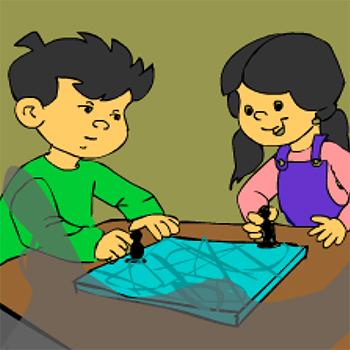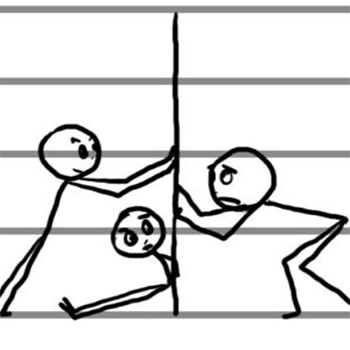Dolls have existed since before the dawn of human civilization. They do not speak, but they are human-like in every other way. Prehistoric dolls might have been crudely forged from whatever material was available, easily fashioned into a desired likeness. So if stone or wood or clay or cloth or rubber and paper can be called flesh, well, they are pretty much living things in all. India has a glorious tradition of toys. The tradition of toys may have started in Harappa and Mohenjo-Daro or even before. They have thrown up a magnificent profusion of clay toys of considerable cleverness. These dolls are representations of a deity, with dolls playing a significant role in ceremonies and rituals. Historically speaking, dolls have taken on several different figures and a variety of unique forms. Traditionally, dolls have been considered toys for children. Presently, adults are collecting dolls as a hobby more than any other time in history. This is a report on primary explorations and data collections on Thanjavur dolls, which are one of the varieties that have their roots of origination in Tamil Nadu and those that speak a language understood and appreciated by both young and old alike.





